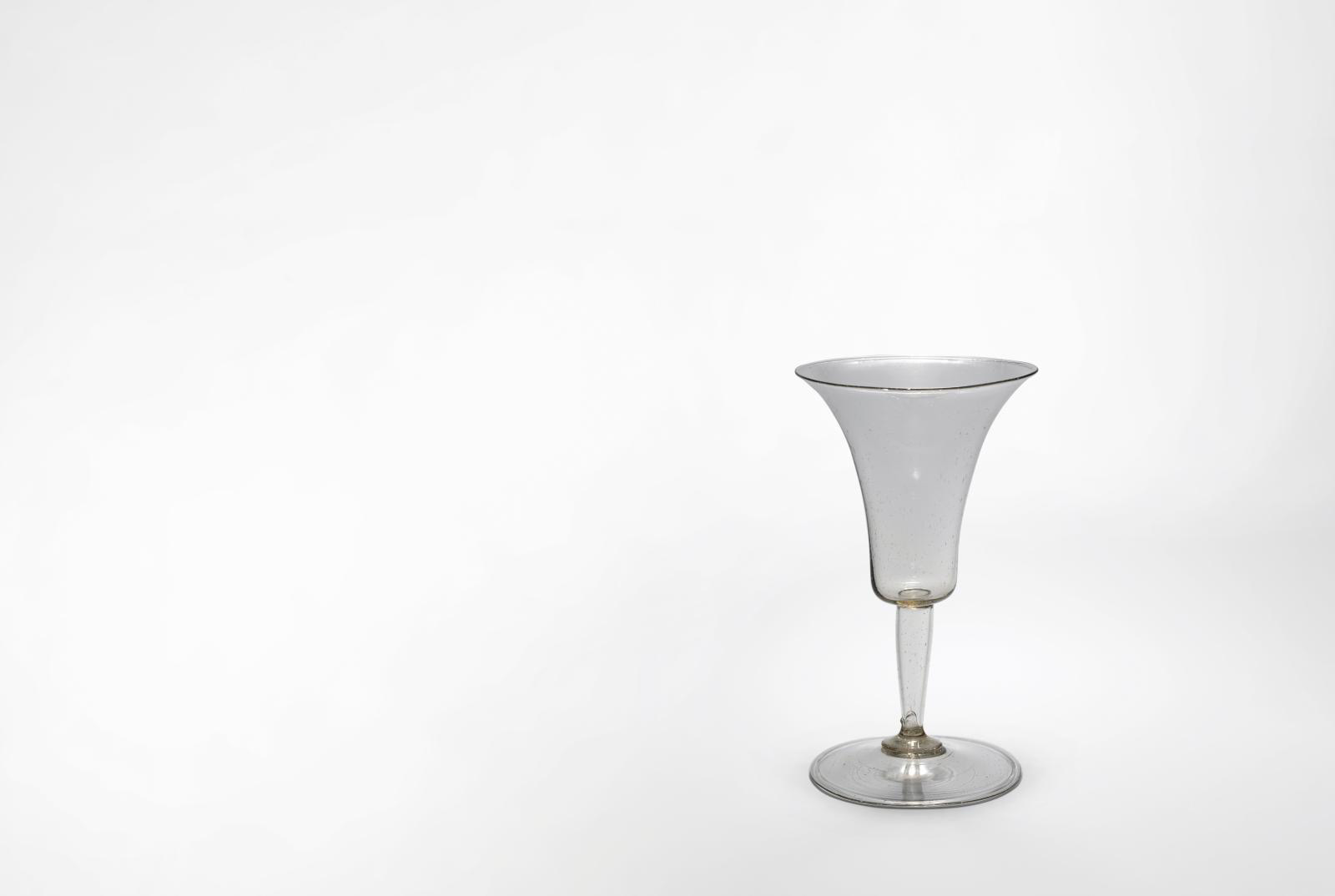by Marielle Brie

Venice or in the Venetian style, late 16th century, "magelei" bowl with gilded rim and hollow baluster foot with molded gilt "ladder stem" decoration, h. 11 cm. (4,4 in), diam. 12.2 cm. (4,6 in). Drouot, October 13, 2020. Gros & Delettrez auction house (Ms Lhermitte-King). Result: €37,700
From the 13th century, princes who collected precious objects became unhappy with the unreliability of the supply of rock crystal in Europe. So they set their sights on their glassmakers, whose promising work seemed the only means to equal rock crystal’s clarity, strength and luxurious finish. Against all odds, glassmaking bloomed in Venice, the city least conducive to its development.
Read more...
Read more...




